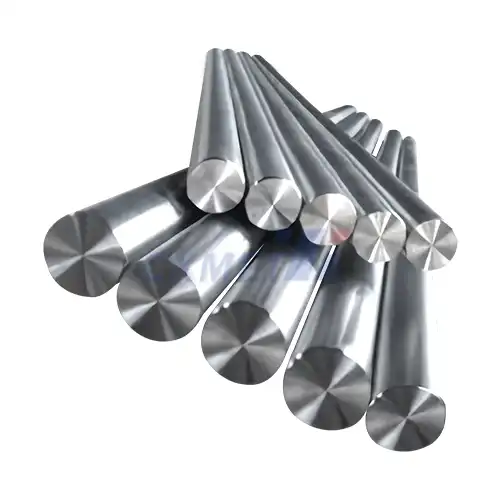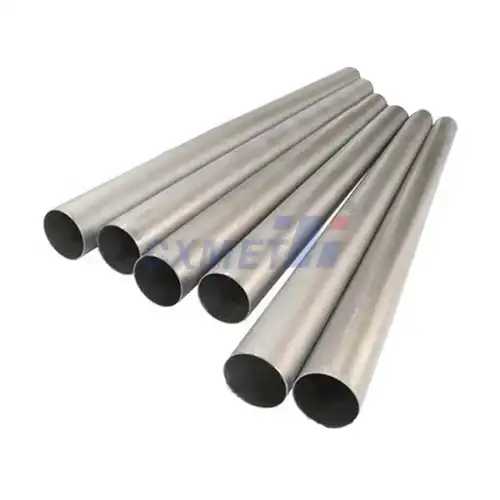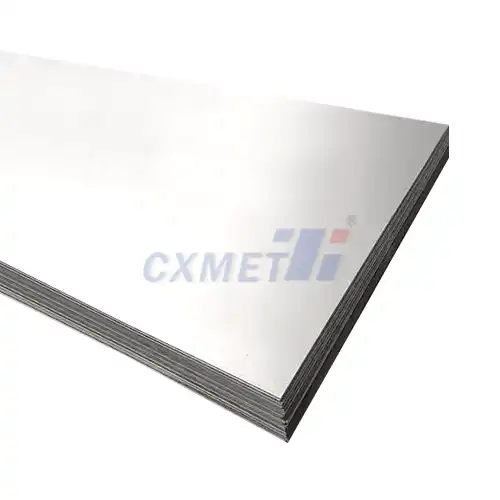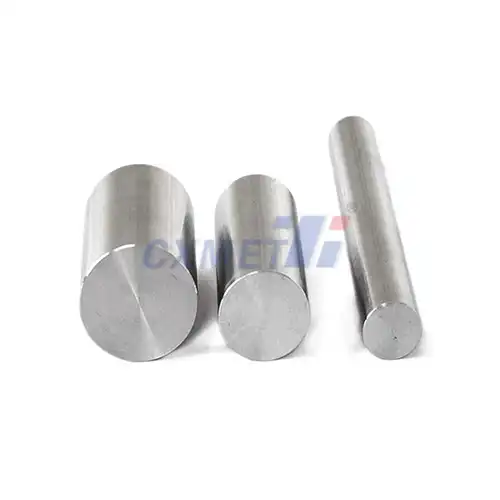- English
- French
- German
- Portuguese
- Spanish
- Russian
- Japanese
- Korean
- Arabic
- Greek
- German
- Turkish
- Italian
- Danish
- Romanian
- Indonesian
- Czech
- Afrikaans
- Swedish
- Polish
- Basque
- Catalan
- Esperanto
- Hindi
- Lao
- Albanian
- Amharic
- Armenian
- Azerbaijani
- Belarusian
- Bengali
- Bosnian
- Bulgarian
- Cebuano
- Chichewa
- Corsican
- Croatian
- Dutch
- Estonian
- Filipino
- Finnish
- Frisian
- Galician
- Georgian
- Gujarati
- Haitian
- Hausa
- Hawaiian
- Hebrew
- Hmong
- Hungarian
- Icelandic
- Igbo
- Javanese
- Kannada
- Kazakh
- Khmer
- Kurdish
- Kyrgyz
- Latin
- Latvian
- Lithuanian
- Luxembou..
- Macedonian
- Malagasy
- Malay
- Malayalam
- Maltese
- Maori
- Marathi
- Mongolian
- Burmese
- Nepali
- Norwegian
- Pashto
- Persian
- Punjabi
- Serbian
- Sesotho
- Sinhala
- Slovak
- Slovenian
- Somali
- Samoan
- Scots Gaelic
- Shona
- Sindhi
- Sundanese
- Swahili
- Tajik
- Tamil
- Telugu
- Thai
- Ukrainian
- Urdu
- Uzbek
- Vietnamese
- Welsh
- Xhosa
- Yiddish
- Yoruba
- Zulu
What is Titanium Grade 23?
2025-07-16 14:40:37
Titanium grade 23 sheet, also known as Ti-6Al-4V ELI (Extra Low Interstitial), is a high-purity variant of the widely used Titanium Grade 5 alloy. This advanced material is specifically engineered for superior performance in critical applications, particularly in the medical and aerospace industries. Grade 23 titanium offers an exceptional combination of strength, low density, and biocompatibility, making it an ideal choice for implants, surgical instruments, and high-performance aerospace components.
|
|
|
How does Titanium Grade 23 differ from other titanium alloys?
Titanium grade 23 sheet stands out from other titanium alloys due to its unique composition and properties. While it shares the same basic formula as Grade 5 (Ti-6Al-4V), Grade 23 has stricter controls on interstitial elements, resulting in enhanced ductility, fracture toughness, and fatigue strength. These characteristics make it particularly suitable for applications requiring high reliability and performance under demanding conditions.
The key differences between Grade 23 and other titanium alloys include:
- Purity: Grade 23 has lower levels of oxygen, nitrogen, carbon, and iron compared to Grade 5. This reduction in interstitial elements contributes to its improved mechanical properties and biocompatibility.
- Strength-to-weight ratio: While maintaining a high strength-to-weight ratio typical of titanium alloys, Grade 23 offers slightly lower tensile strength but improved ductility compared to Grade 5.
- Fatigue resistance: The reduced interstitial content in Grade 23 results in superior fatigue resistance, making it ideal for applications subject to cyclic loading.
- Fracture toughness: Grade 23 exhibits higher fracture toughness than Grade 5, enhancing its resistance to crack propagation and failure under stress.
- Biocompatibility: The lower content of potentially harmful elements makes Grade 23 exceptionally biocompatible, reducing the risk of adverse reactions in medical implants.
These unique properties make Titanium Grade 23 the material of choice for critical components in aerospace, such as aircraft engine parts and structural elements, as well as in medical applications like joint replacements, dental implants, and surgical instruments. Its superior performance in these fields justifies its higher cost compared to standard titanium alloys.
What are the main applications of Titanium Grade 23?
Titanium grade 23 sheet finds extensive use in a wide range of high-performance applications, primarily in the medical and aerospace industries. Its unique combination of properties makes it invaluable in situations where reliability, strength, and biocompatibility are paramount. Let's explore some of the main applications of this exceptional alloy:
Medical Applications
In the medical field, Titanium Grade 23 is widely used for various implants and surgical devices due to its exceptional biocompatibility and mechanical properties:
- Orthopedic implants: Hip and knee replacements, shoulder joints, and spinal fusion devices benefit from Grade 23's strength, low weight, and resistance to corrosion by body fluids.
- Dental implants: The alloy's biocompatibility and ability to osseointegrate (fuse with bone tissue) make it ideal for dental implants and other oral surgical applications.
- Cardiovascular devices: Pacemaker cases, artificial heart valves, and stents utilize Grade 23 for its durability and compatibility with human tissue.
- Surgical instruments: The material's strength, lightweight nature, and ability to maintain a sharp edge make it excellent for surgical tools and instruments.
Aerospace Applications
The aerospace industry relies heavily on Titanium Grade 23 for critical components that require high strength-to-weight ratios and excellent fatigue resistance:
- Aircraft engine components: Turbine blades, compressor discs, and other engine parts benefit from Grade 23's high strength and heat resistance.
- Structural elements: Airframe components, landing gear parts, and fasteners utilize the alloy's excellent strength-to-weight ratio.
- Space exploration: Spacecraft components and satellite structures use Grade 23 for its performance in extreme environments.
Other High-Performance Applications
Beyond medical and aerospace uses, Titanium Grade 23 finds applications in various other high-performance fields:
- Sports equipment: Golf club heads, bicycle frames, and other high-end sporting goods benefit from the material's strength and lightweight properties.
- Chemical processing: Pumps, valves, and reactors in corrosive environments utilize Grade 23's excellent resistance to chemical attack.
- Marine applications: Propeller shafts, underwater vehicles, and other marine components benefit from the alloy's corrosion resistance in saltwater environments.
The versatility of Titanium Grade 23 in these applications stems from its unique combination of properties. Its high strength-to-weight ratio allows for the design of lighter yet robust components, crucial in both medical implants and aerospace structures. The material's excellent fatigue resistance ensures long-term reliability in applications subject to cyclic loading, such as aircraft engines and joint replacements. Furthermore, its biocompatibility and corrosion resistance make it ideal for use in the human body and harsh environmental conditions alike.
How is Titanium Grade 23 manufactured and processed?
The manufacturing and processing of titanium grade 23 sheet involve sophisticated techniques to ensure the material meets its stringent specifications. The production process is carefully controlled to maintain the alloy's unique properties and purity levels. Here's an overview of the key steps involved in the manufacture and processing of Titanium Grade 23:
Raw Material Production
The process begins with the production of raw titanium:
- Ore extraction: Titanium is primarily extracted from ilmenite and rutile ores.
- Purification: The ore is purified to produce titanium tetrachloride (TiCl4).
- Reduction: TiCl4 is reduced to metallic titanium sponge using the Kroll process, which involves reaction with magnesium.
Alloy Creation
To create Titanium Grade 23:
- Melting: The titanium sponge is combined with precise amounts of aluminum (6%) and vanadium (4%) in a vacuum arc remelting (VAR) furnace.
- Remelting: Multiple remelting cycles are often employed to ensure homogeneity and remove impurities.
- Ingot formation: The molten alloy is cast into ingots.
Primary Processing
The ingots undergo primary processing to create usable forms:
- Forging: Ingots are heated and shaped using hydraulic presses to improve grain structure and mechanical properties.
- Rolling: For sheet and plate products, the material is rolled to the desired thickness.
- Extrusion: Some products are created by forcing the heated material through a die to create specific shapes.
Secondary Processing
Further processing is often required to create finished products:
- Machining: Cutting, drilling, and shaping operations are performed to create precise components.
- Heat treatment: Various heat treatment processes can be applied to optimize the material's properties for specific applications.
- Surface treatment: Techniques like anodizing or coating may be used to enhance surface properties.
Quality Control
Throughout the manufacturing process, rigorous quality control measures are implemented:
- Chemical analysis: Regular testing ensures the alloy composition meets Grade 23 specifications, particularly the low levels of interstitial elements.
- Mechanical testing: Samples are tested for tensile strength, ductility, and other mechanical properties.
- Non-destructive testing: Techniques like ultrasonic testing and X-ray inspection are used to detect any internal defects.
The manufacturing and processing of Titanium Grade 23 require specialized equipment and expertise due to the material's high reactivity at elevated temperatures and its tendency to work harden. Strict process controls are necessary to maintain the alloy's purity and achieve its superior mechanical properties. The complex production process contributes to the higher cost of Grade 23 compared to other titanium alloys, but the resulting material's performance in critical applications justifies this premium.
Conclusion
Titanium grade 23 sheet represents a significant advancement in materials science, offering a unique combination of strength, biocompatibility, and performance that makes it indispensable in medical and aerospace applications. Its carefully controlled composition and sophisticated manufacturing processes result in a material that excels in demanding environments where failure is not an option. As research continues and production techniques evolve, we can expect to see even more innovative applications for this remarkable alloy, further cementing its status as a critical material in high-tech industries.
At SHAANXI CXMET TECHNOLOGY CO., LTD, we take pride in our extensive product range, which caters to diverse customer needs. Our company is equipped with outstanding production and processing capabilities, ensuring the high quality and precision of our products. We are committed to innovation and continuously strive to develop new products, keeping us at the forefront of our industry. With leading technological development capabilities, we are able to adapt and evolve in a rapidly changing market. Furthermore, we offer customized solutions to meet the specific requirements of our clients. If you are interested in our products or wish to learn more about the intricate details of our offerings, please do not hesitate to contact us at sales@cxmet.com. Our team is always ready to assist you.
References
- ASM International. (2015). Titanium: A Technical Guide, 2nd Edition.
- ASTM International. (2020). ASTM F136 - Standard Specification for Wrought Titanium-6Aluminum-4Vanadium ELI (Extra Low Interstitial) Alloy for Surgical Implant Applications.
- Boyer, R., Welsch, G., & Collings, E. W. (1994). Materials Properties Handbook: Titanium Alloys. ASM International.
- Lutjering, G., & Williams, J. C. (2007). Titanium (Engineering Materials and Processes). Springer.
- Rack, H. J., & Qazi, J. I. (2006). Titanium alloys for biomedical applications. Materials Science and Engineering: C, 26(8), 1269-1277.
- Peters, M., Kumpfert, J., Ward, C. H., & Leyens, C. (2003). Titanium alloys for aerospace applications. Advanced Engineering Materials, 5(6), 419-427.
- Donachie, M. J. (2000). Titanium: A Technical Guide, 2nd Edition. ASM International.
- Froes, F. H. (Ed.). (2015). Titanium: Physical Metallurgy, Processing, and Applications. ASM International.
- Banerjee, D., & Williams, J. C. (2013). Perspectives on titanium science and technology. Acta Materialia, 61(3), 844-879.
- Leyens, C., & Peters, M. (Eds.). (2003). Titanium and Titanium Alloys: Fundamentals and Applications. John Wiley & Sons.






